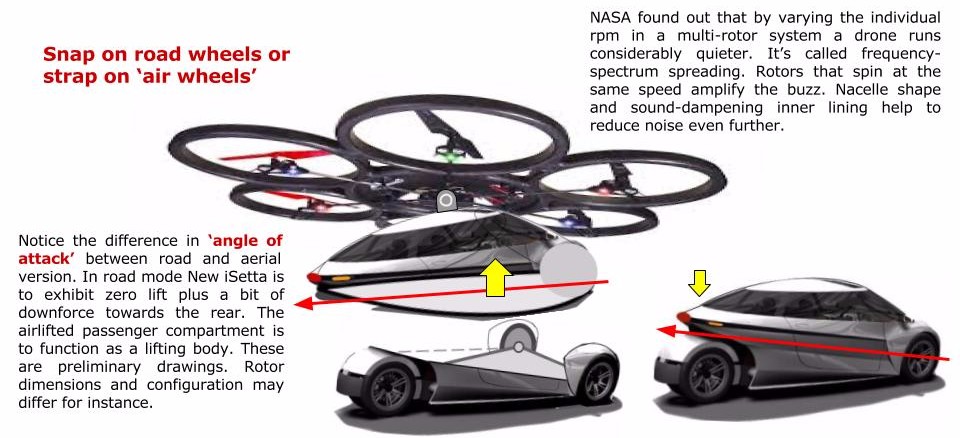Ulmo
Active Member
I'm happy flying will become environmentally friendly and non-mass transit.
It will open up more areas to live in that have no roads (and offers an opportunity for some entrepreneurs to offer inexpensive abundant ambulance, fire and police services through the air). It will free up a lot of ground congestion experiences for those in the air. It will be more environmental than current fossil fuel jets. It will be safer than mass transit airlines where you could get beat up by thugs (law enforcement and religions of death) and that are dangerous to people on the ground (World Trade Center, Pentagon, etc). It won't take as much time as current mass transit airlines (TSA Security Theatre). You won't have to drive through bad neighborhoods just because that's where the roads already are. If you're late for work to drive there, you could fly there and be there early, even in initial stages when governments don't let us just land on any open air parking lot (we could land in a designated "safe zone" and then Uber in to work), depending on how much access we have to the flying cars near our homes. Eventually, when governments allow taking off and landing anywhere, workers can load their cars with work tools and go anywhere legal to work. I think this is great.
(As someone who believes in giving "skin" to the "body" of our country (in the form of a border), I think strict controls on international flights should be enforced, through tracking and flying after those who go across borders and interviewing them once they land, and costs associated with that being charged to the international travelers. The physical capability to own such a flying device does not bother me, because I think the technical and policy capability to continue this enforcement can exist within decent cost and capability parameters.)
I've been day-dreaming of this for decades. I'm happy to finally see it starting to happen. (I'm talking more about the Liliam Jet type travel thing, not the super-dorky Kitty Hawk type sport thing. Murphy's Law says the super dorky one will succeed and then grow into the other one.)
It will open up more areas to live in that have no roads (and offers an opportunity for some entrepreneurs to offer inexpensive abundant ambulance, fire and police services through the air). It will free up a lot of ground congestion experiences for those in the air. It will be more environmental than current fossil fuel jets. It will be safer than mass transit airlines where you could get beat up by thugs (law enforcement and religions of death) and that are dangerous to people on the ground (World Trade Center, Pentagon, etc). It won't take as much time as current mass transit airlines (TSA Security Theatre). You won't have to drive through bad neighborhoods just because that's where the roads already are. If you're late for work to drive there, you could fly there and be there early, even in initial stages when governments don't let us just land on any open air parking lot (we could land in a designated "safe zone" and then Uber in to work), depending on how much access we have to the flying cars near our homes. Eventually, when governments allow taking off and landing anywhere, workers can load their cars with work tools and go anywhere legal to work. I think this is great.
(As someone who believes in giving "skin" to the "body" of our country (in the form of a border), I think strict controls on international flights should be enforced, through tracking and flying after those who go across borders and interviewing them once they land, and costs associated with that being charged to the international travelers. The physical capability to own such a flying device does not bother me, because I think the technical and policy capability to continue this enforcement can exist within decent cost and capability parameters.)
I've been day-dreaming of this for decades. I'm happy to finally see it starting to happen. (I'm talking more about the Liliam Jet type travel thing, not the super-dorky Kitty Hawk type sport thing. Murphy's Law says the super dorky one will succeed and then grow into the other one.)
Last edited:



